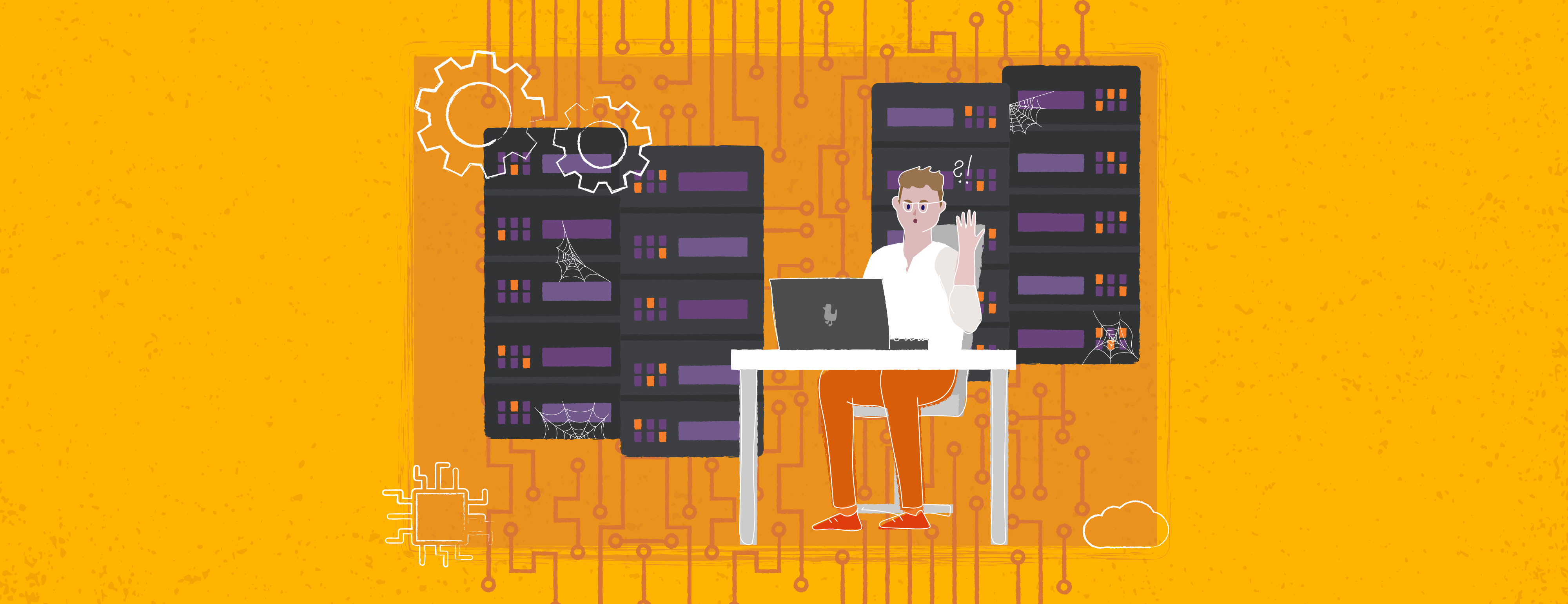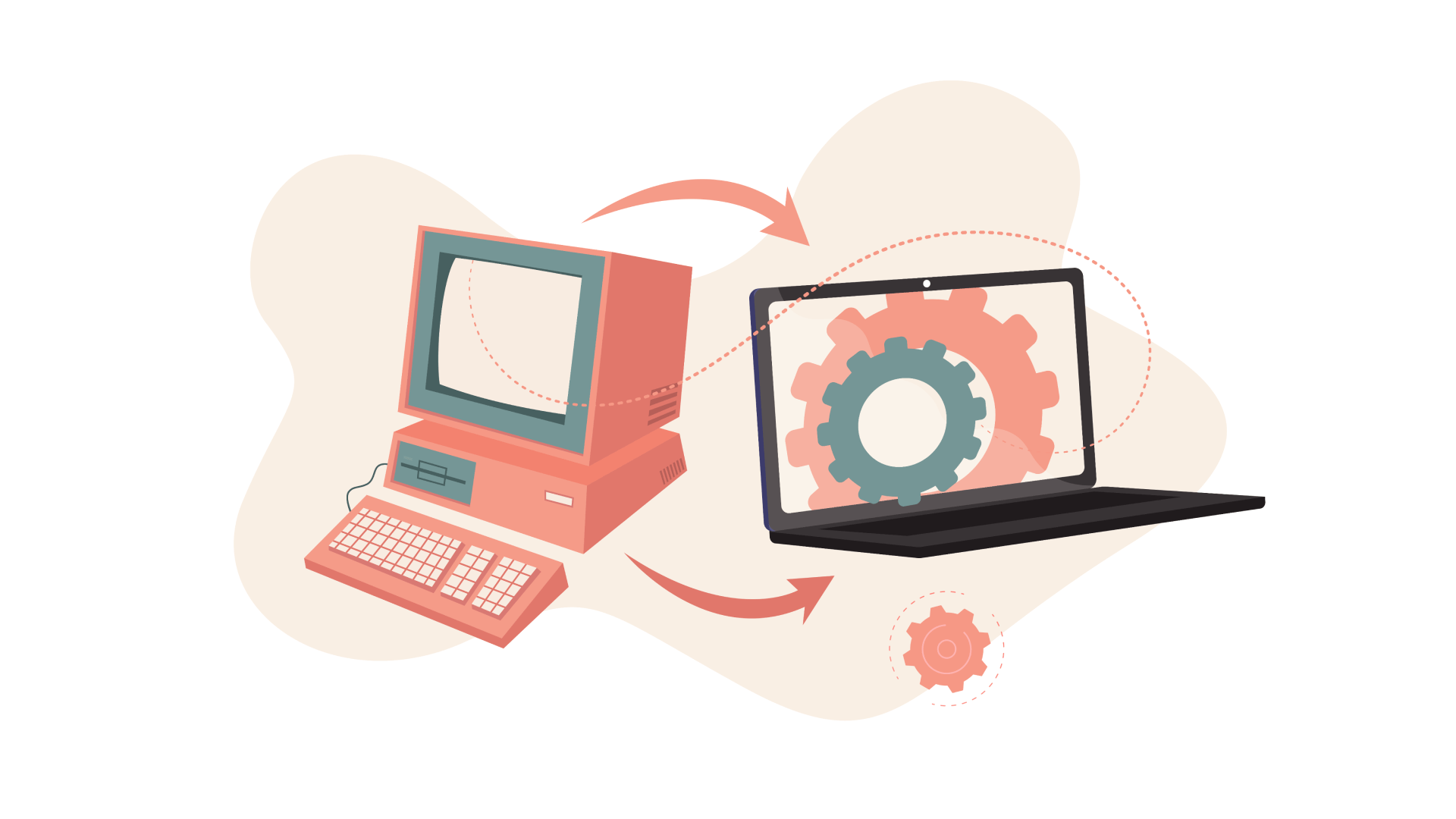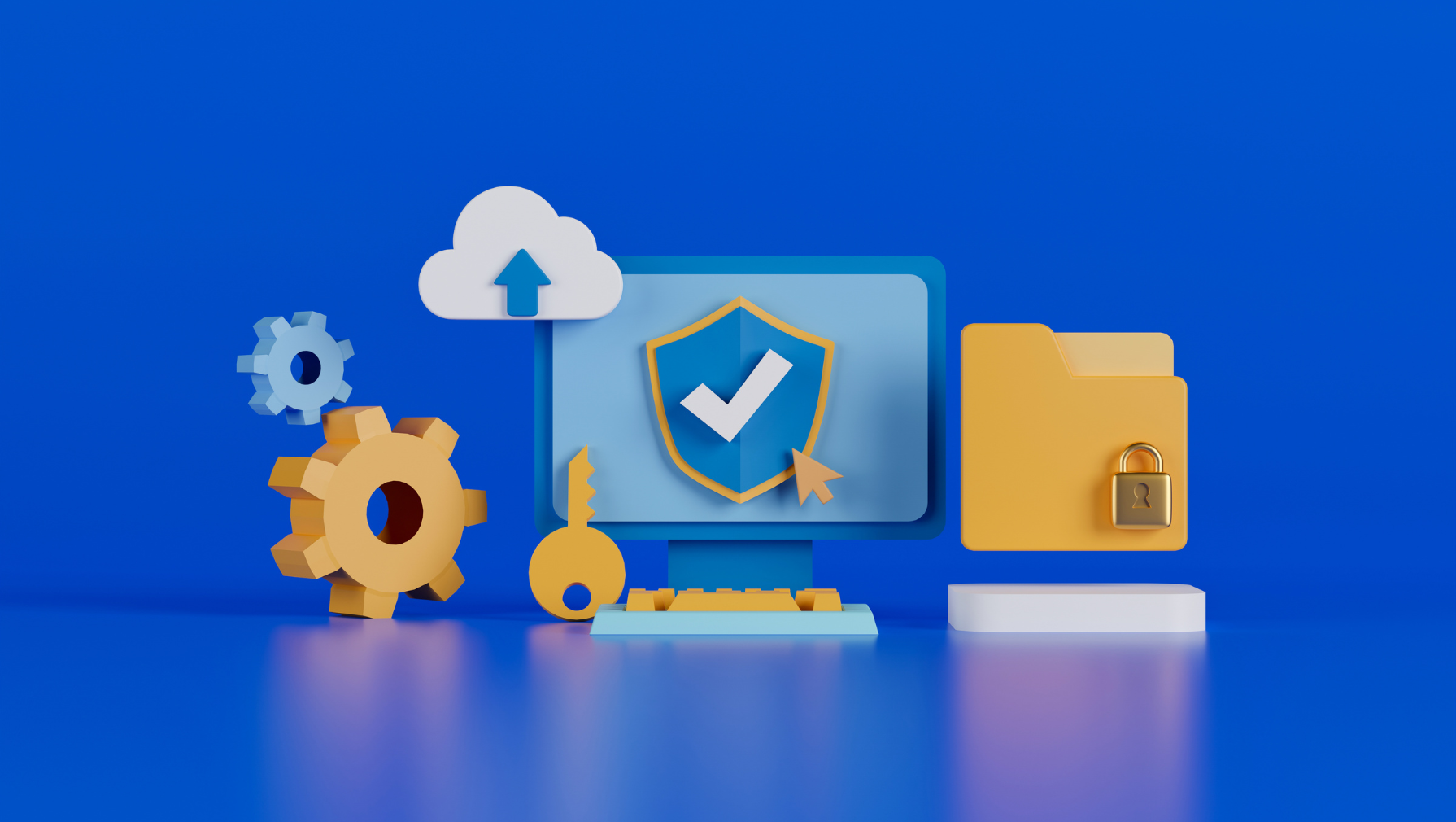
Legacy business systems have been the backbone of many organizations for decades. These systems were state-of-the-art when first implemented but have since become outdated as technology rapidly advances. Despite their age, many businesses continue to rely on these systems due to the significant investments made in them over the years.
However, clinging to these outdated systems presents several challenges that can hinder growth and efficiency, especially when it comes to manufacturing management software.
1. Integration Issues

One of the most significant challenges of legacy business systems is their inability to integrate seamlessly with modern technologies. Legacy systems were designed for a specific environment and often lack the flexibility to connect with new applications and platforms.
Compatibility Problems
Modern software is built with integration in mind, using APIs (Application Programming Interfaces) and other tools to ensure different systems can communicate with each other. Legacy systems, however, may not support these APIs, leading to compatibility issues.
Data Silos
Legacy systems can create data silos, where information is trapped within one system and not easily accessible to others. This fragmentation can lead to inefficiencies and inaccuracies in data reporting and decision-making.
2. Maintenance and Support Difficulties

Maintaining and supporting legacy systems can be a daunting task. These systems require specialized knowledge, which is becoming increasingly rare as technology evolves.
Scarcity of Skilled Professionals
As technology advances, fewer IT professionals are trained to work with outdated systems. This scarcity can lead to higher costs for maintenance and support, as finding and retaining skilled workers becomes more challenging.
High Maintenance Costs
Legacy systems often require more maintenance than their modern counterparts. Parts may be hard to find, and updates or patches may not be readily available, leading to increased downtime and higher operational costs.
3. Security Vulnerabilities

Security is a critical concern for any business. Legacy systems, due to their age, often have numerous vulnerabilities that can be exploited by cybercriminals.
Outdated Security Measures
Legacy systems were designed before many of today’s sophisticated cyber threats existed. As a result, they may lack the necessary security measures to protect against modern attacks.
Compliance Issues
Many industries have stringent regulatory requirements for data protection and privacy. Legacy systems may not comply with these regulations, leading to potential legal issues and financial penalties.
4. Performance and Scalability Limitations
As businesses grow, their systems need to scale to meet increasing demands. Legacy systems often struggle with performance and scalability, limiting a company’s ability to expand.
Slow Processing Speeds
Older systems may not have the processing power to handle large volumes of data or complex transactions, leading to slower performance and reduced productivity.
Inflexibility
Legacy systems are often rigid and inflexible, making it difficult to adapt to new business processes or market changes. This inflexibility can stifle innovation and hinder growth.
5. Cost Implications

While the initial investment in a legacy system may have been substantial, the long-term cost implications can be even greater.
Rising Operational Costs
As mentioned earlier, the maintenance and support of legacy systems can be costly. Additionally, the inefficiencies and limitations of these systems can lead to increased operational expenses.
Opportunity Costs
By sticking with outdated systems, businesses may miss out on opportunities to adopt new technologies that could drive growth and efficiency. The cost of not modernizing can be significant in terms of lost revenue and competitive disadvantage.
6. User Experience Challenges
Modern employees and customers expect a seamless and intuitive user experience. Legacy systems, however, often fall short in this area.
Outdated Interfaces
Legacy systems typically have outdated and cumbersome interfaces that can be difficult for users to navigate. This can lead to frustration and reduced productivity.
Lack of Mobility
In today’s mobile-first world, the ability to access systems and data on the go is crucial. Legacy systems often lack mobile compatibility, limiting the flexibility and responsiveness of employees.
How to Overcome These Challenges
Incremental Modernization

Instead of a complete overhaul, businesses can take an incremental approach to modernization. This involves gradually updating components of the legacy system while maintaining core functionality.
Leveraging Middleware
Middleware can act as a bridge between legacy systems and modern applications, enabling integration and data sharing without the need for a complete system replacement.
Investing in Training
Training existing IT staff and hiring new professionals with expertise in both legacy and modern systems can help mitigate the challenges of maintaining and supporting outdated technology.
Enhancing Security
Implementing additional security measures, such as firewalls, intrusion detection systems, and regular security audits, can help protect legacy systems from cyber threats.
Planning for the Future
Businesses should develop a long-term strategy for phasing out legacy systems and adopting new technologies. This involves assessing current systems, identifying areas for improvement, and investing in scalable and flexible solutions.
Conclusion
Legacy business systems have played a vital role in the growth and success of many organizations. However, as technology continues to evolve, clinging to these outdated systems can hold businesses back.













